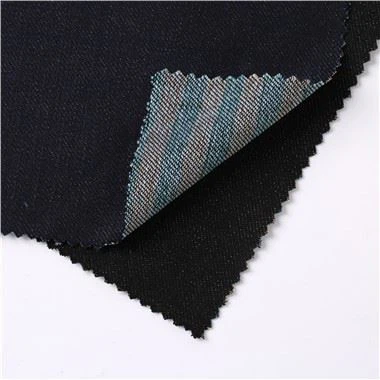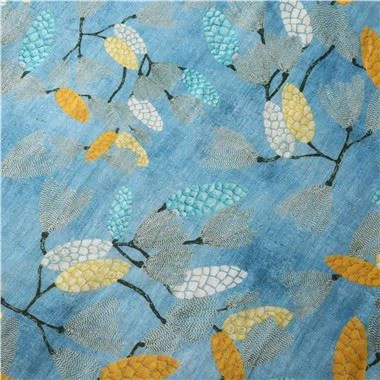Differences in Fabrics Made from Cotton of Different Countries
Mar 17, 2025
Cotton from different countries can result in fabrics with distinct characteristics due to variations in cotton varieties, growing environments, and processing techniques. Below is a brief introduction to the characteristics of cotton from several major cotton-producing countries.
China
1.Cotton Varieties. China has a diverse range of cotton varieties. Xinjiang is the primary cotton-producing region in China, known for its high-quality cotton, which holds a significant position in the international market.
2.Fiber Length. Chinese cotton typically has a fiber length of 28-31 mm, which is moderate and suitable for producing various types of fabrics. Fabrics made from Chinese cotton are both soft and have good structure.
3.Moisture Absorption. Chinese cotton has excellent moisture absorption, allowing fabrics to quickly absorb and release sweat and moisture, keeping the skin dry and comfortable.
4.Thermal Insulation. Due to the natural properties of cotton fibers, fabrics made from Chinese cotton offer good thermal insulation, making them suitable for clothing and bedding for all seasons.
United States
1.Cotton Varieties. The U.S. primarily grows upland cotton, which is known for its high quality and serves as a global benchmark in the cotton market.
2.Fiber Length. American cotton fibers generally range from 25-35 mm in length, with good uniformity. This results in fabrics with a smooth surface, soft texture, and excellent skin-friendly properties.
3.Strength. The high fiber strength makes the fabrics durable and resistant to damage, maintaining their shape and performance even after multiple washes and wears.
4.Color. Fabrics made from American cotton are known for their bright white color and luster. They have excellent dyeing properties, producing rich and vibrant colors with high color fastness.
India
1.Cotton Varieties. India has a wide variety of cotton types, such as MCU5. It is one of the largest cotton-producing countries globally, but the quality of cotton can vary.
2.Fiber Length. Indian cotton fibers typically range from 23-32 mm in length, with a broad distribution. Some high-quality cotton has longer fibers, suitable for producing high-count fabrics that are soft and have a certain luster.
3.Processability. Indian cotton has a relatively high impurity content, requiring more cleaning during processing. However, with careful processing, it can still produce high-quality fabrics suitable for various styles and uses, such as lightweight summer fabrics and thick winter fabrics.
Australia
1.Cotton Varieties. Australia mainly grows high-quality upland cotton, such as Sicala V-4, renowned for its superior quality.
2.Fiber Strength. Australian cotton fibers are extremely strong, resulting in fabrics with excellent abrasion resistance and tear resistance. This makes them ideal for clothing and home textiles that require long-term use and frequent friction.
3.Purity. Australian cotton has low impurity content and high purity, producing fabrics with a bright white color and minimal flaws. The fabric surface is smooth and even, with a fine texture.
4.Eco-Friendliness. Cotton farming in Australia emphasizes ecological sustainability, with minimal use of chemical agents during production. As a result, fabrics made from Australian cotton align with the growing demand for eco-friendly and healthy products.







